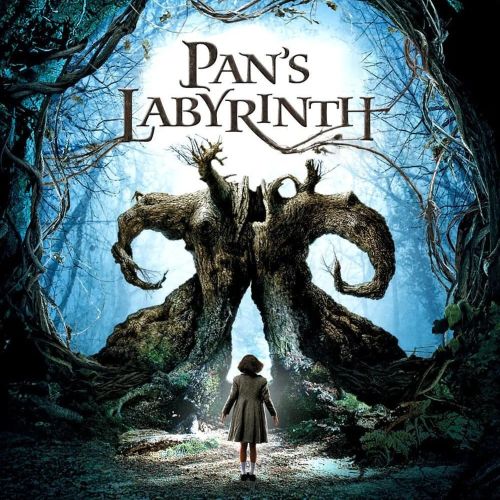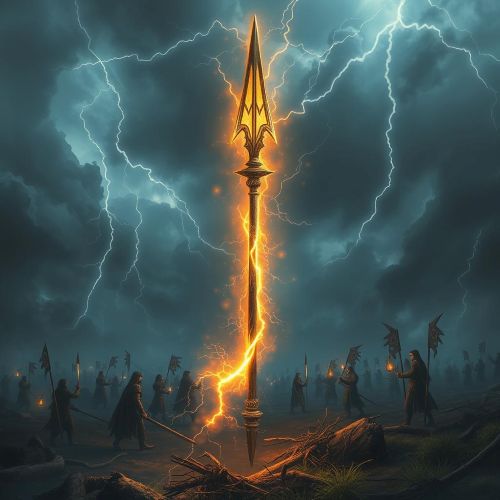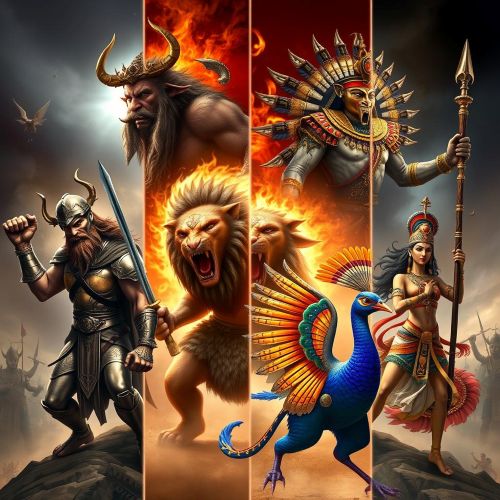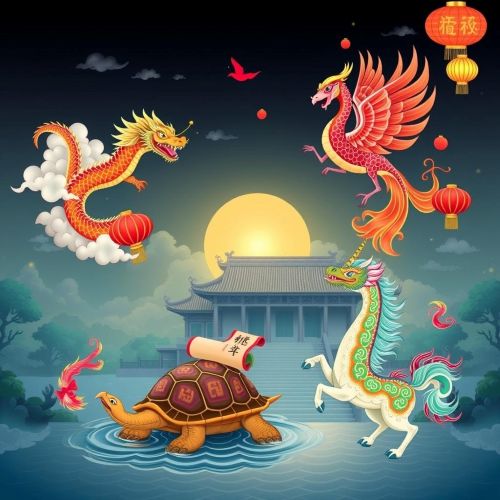Panhu: The Mythical Ancestor of the Miao and Yao Peoples
Panhu is a fascinating figure in Chinese mythology, often depicted as a dragon-dog hybrid with a deep connection to the origins of certain ethnic groups in China. This legendary creature is said to have played a significant role in shaping human history, serving as a protector, hero, and even an ancestor to several indigenous tribes. The myth of Panhu is deeply rooted in ancient Chinese folklore, especially among the Miao, Yao, and She people, who consider him their progenitor. The story of Panhu reflects themes of loyalty, transformation, and divine destiny, making it a compelling subject of cultural and mythological study.
The Legend of Panhu
The most well-known version of the Panhu myth begins with a powerful emperor who was plagued by an enemy whose defeat seemed impossible. A prophecy revealed that the only way to vanquish this foe was through the intervention of an extraordinary being. In response to this prophecy, the emperor’s pet dog, Panhu, miraculously transformed into a fearsome warrior and decapitated the enemy general.
As a reward for this great service, the emperor offered his daughter’s hand in marriage to whoever could achieve the feat. When he realized that his victorious warrior was actually his pet dog, he was initially hesitant. However, bound by his promise, he allowed Panhu to marry the princess. The couple retreated into the mountains, where they are said to have founded the Miao and Yao ethnic groups, making Panhu their divine ancestor.
Symbolism and Cultural Significance
Panhu embodies many symbolic elements, the most prominent being loyalty and divine intervention. His transformation from a mere dog into a mythical hero signifies the potential for greatness in even the most unexpected beings. His story also illustrates the theme of destiny, as his actions directly lead to the formation of new communities.
For the Miao and Yao people, Panhu is not just a mythological figure but a revered ancestor. He represents their cultural identity and historical roots, which is why his legend has been preserved and passed down through generations. Festivals, songs, and oral traditions among these groups continue to celebrate Panhu’s legacy.
Depictions of Panhu
In ancient Chinese art and folklore, Panhu is often depicted as a hybrid creature with canine and dragon-like features. Some portrayals show him as a divine dog with supernatural abilities, while others emphasize his warrior aspect, depicting him in humanoid form with dragon-like scales and features. This duality in representation highlights his unique nature as both a beast and a divine figure.
Panhu in Modern Times
Despite being an ancient myth, the legend of Panhu remains relevant in contemporary Chinese culture. His story is often recounted in folklore studies, cultural exhibitions, and academic research on Chinese mythology. Many ethnic groups continue to honor Panhu through traditional ceremonies and storytelling, ensuring that his legacy remains alive in the modern era.
Additionally, Panhu’s tale has inspired modern adaptations in literature, art, and even animation. His story serves as a source of inspiration for themes of transformation, heroism, and cultural identity in various creative works.
Conclusion
Panhu’s myth offers a unique glimpse into the rich tapestry of Chinese folklore. As a dragon-dog ancestor, he bridges the gap between the mystical and the historical, serving as a powerful symbol of loyalty, heroism, and divine destiny. His legacy endures among the Miao and Yao people, ensuring that his tale continues to be celebrated for generations to come. Whether viewed as a mythical creature, a revered ancestor, or a symbol of cultural identity, Panhu’s story remains one of the most intriguing legends in Chinese mythology.






